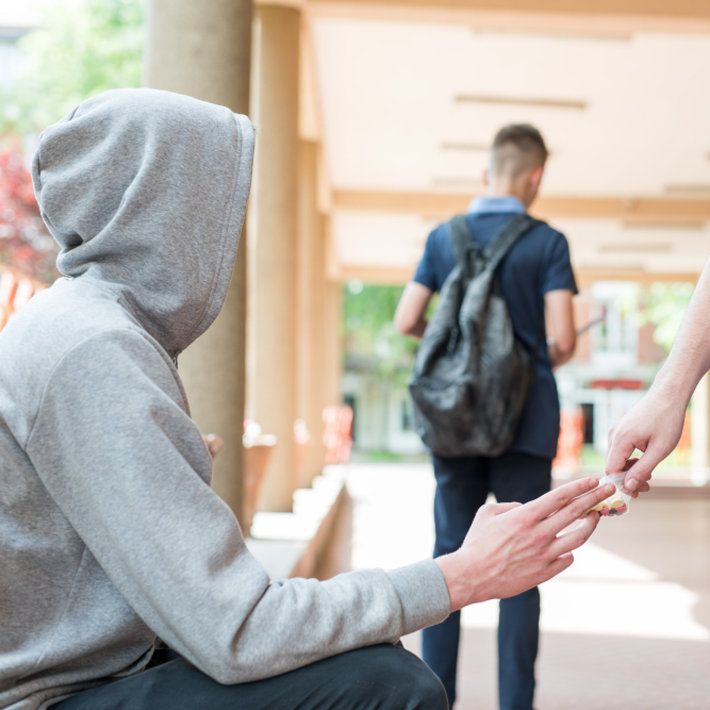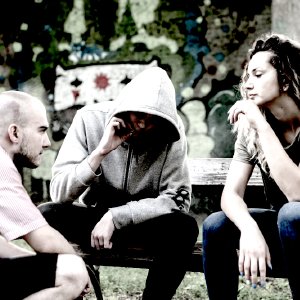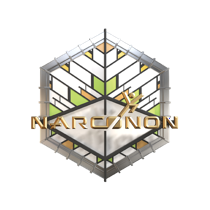Leftover Prescription Drugs Are a Huge Liability
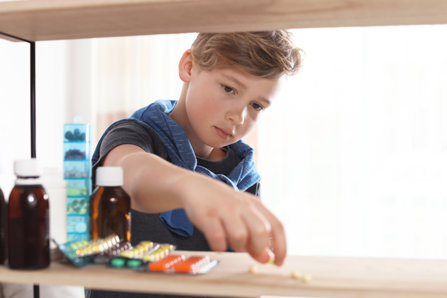
As parents, we want to take every precaution we can to protect our kids from harm. That’s just in our nature. Yet, even in the United States, one of the safest countries in the world, it seems like there is a never-ending array of dangers and risks that our children are faced with.
One such risk is the drug problem. Our nation is mired in a sweeping drug crisis and a significant part of that drug problem revolves around prescription drugs—namely opioid pain relievers.
Opioid pain relievers are a menace in disguise. They are technically a medicine—a legal drug—so most adolescents, teens, and young adults accept the common farce that, “If it’s a medicine, it must be safe.”
But we know that’s not the case at all.
Parents want to take every step they can to ensure that their kids are protected from exposure to these drugs. Yet it comes as a shock to most parents that one of the most common places that their sons and daughters get exposed to these drugs is out of the family medicine cabinet.
The Statistics—Young People Are Being Exposed to Prescription Drugs at Increasing Rates
A report from the National Safety Council published some pretty concerning statistics relating to young adult prescription drug abuse. According to the report, about 10,000 young people under the age of 18 end up in emergency rooms every year for overdosing on prescription drugs. A large number of them initially found the drugs they ended up overdosing on in their parents’ medicine cabinet or in a friend’s parents’ medicine cabinet.
The grim truth is, young people are learning that their homes or their friends’ homes are a place to find mind-altering drugs. And they’re starting to share prescription drugs among themselves, too. About 22 percent of teens abuse painkillers. Roughly 14 percent of them don’t tell their parents about it. Furthermore, approximately one-in-four teens admit to selling or giving away their pills.
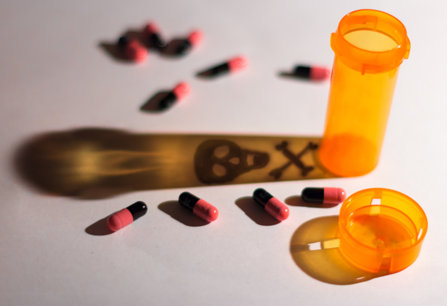
The National Institute on Drug Abuse also contributed some information on this subject. According to NIDA, “Young adults (age 18 to 25) are the biggest abusers of prescription (Rx) opioid pain relievers, ADHD stimulants, and anti-anxiety drugs. In 2014, more than 1,700 young adults died from prescription drug (mainly opioid) overdoses—more than died from overdoses of any other drug, including heroin and cocaine combined—and many more needed emergency treatment.”
The article goes on to talk about how 12 percent of people between the ages of 18 to 25 years old misuse prescription drugs. While every age group in the U.S. has some degree of prescription drug use, no age group has that high of a percentage of its group using prescription drugs non-medically.
A recent U.S. News article dove headfirst into this subject, seeking to narrow down exactly where young adults and teens are getting prescription drugs from.
The U.S. News report shows us that the stereotypical picture of a young person getting drugs on a street corner somewhere is no longer the primary method by which young people get access to drugs. That practice still exists, yes, but it’s not the only method of teen exposure to drugs.
According to the U.S. News coverage, one study showed that 11 percent of 18,000 high school seniors admitted to misusing prescription drugs during the past year. About 44 percent of them had multiple sources for the drugs, 30 percent of them were taking their leftover medications in a self-medicative fashion.
The U.S. News article reported on a second research paper involving 104,000 individuals between the ages of 12 and 17. This research revealed that the three most common ways by which young people get such drugs are:
- They get them for free from friends and relatives. That includes getting them from the family medicine cabinet or stealing them from Mom, Dad, or other relatives.
- They get them from a physician’s prescription for prescription opioids.
- They buy the drugs illegally.
It could not be more clear. Not only are young people at the most risk for misusing prescription drugs, but this demographic is getting the drugs from multiple sources. Parents must do everything they can to ensure their kids don’t get hold of such medications. Efforts taken in that direction should start in the home.
At-Home Practices for Ensuring Young People Don’t Get Exposed to Addictive Pills
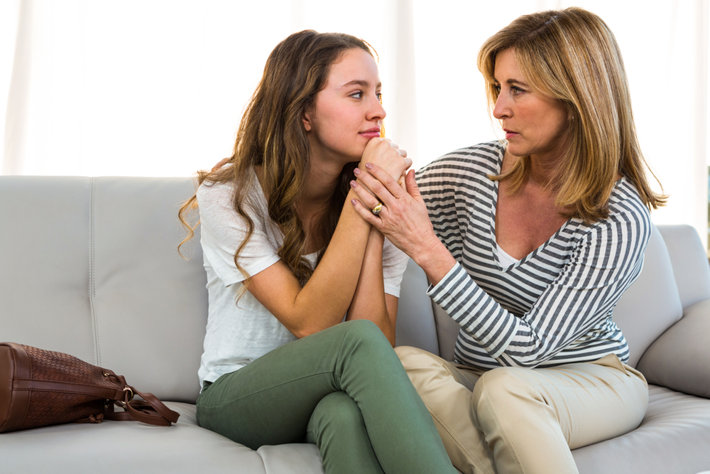
There is much that parents can do to ensure that their kids grow up to abstain from addictive drugs. Here’s a brief checklist of simple and straightforward steps that parents can take to protect their sons and daughters from exposure to potentially harmful pharmaceuticals:
- Education. Education is always the first and best defense against drug use. When young people know the truth about opioids, stimulants, medicines, marijuana, street drugs, hallucinogenics, alcohol, and other mind-altering substances, they are less likely to use them. It’s up to parents to get their kids educated on the harmful effects of such substances. Parents have to make sure their kids aren’t looking at prescription drugs through rose-colored glasses. Young people need to know the harsh truth about these medicines.
- Safe medicine storage and disposal. According to the Substance Abuse and Mental Health Services Administration, “Two-thirds of teens who misused pain relievers in the past year say that they got them from family and friends, including their home’s medicine cabinets.” Parents have to ensure that whatever medicines they do keep in the home are locked up and stored in such a way that they are entirely inaccessible by their kids. As for leftover medications, these should be disposed of properly by dropping them off at a local pharmacy or DEA-sponsored prescription-drug drop-off site.
- Monitoring and time spent with the kids. Any parent knows that raising good, ethical, healthy, protected, and prepared kids is not something they can accomplish just by having a chat with their kids now and then. Parenting is a full-time job. It’s an ongoing process. It requires diligent work and effort. It requires a daily commitment. It means spending a lot of quality time with the kids, fostering that relationship and ensuring that one’s kids make healthy choices every day.
Every generation of parents is faced with challenges in raising their children. This generation of parents faces the potential for drug abuse as one of the most significant risks for their kids. Parents should take every precaution they can to ensure their children do not experiment with drugs and alcohol. There is never a right or sensible reason to do so, and a lot of harm can come from it.
Sources:
- https://www.nsc.org/home-safety/safety-topics/child-safety/medicine
- https://www.drugabuse.gov/related-topics/trends-statistics/infographics/abuse-prescription-rx-drugs-affects-young-adults-most
- https://www.usnews.com/news/health-news/articles/2019-08-02/teens-are-getting-hooked-on-leftover-prescription-meds
- homelessness-programs-resources/hpr-resources/teen-prescription-drug-misuse-abuse
Reviewed by Claire Pinelli, ICAADC, CCS, LADC, MCAP, RAS
